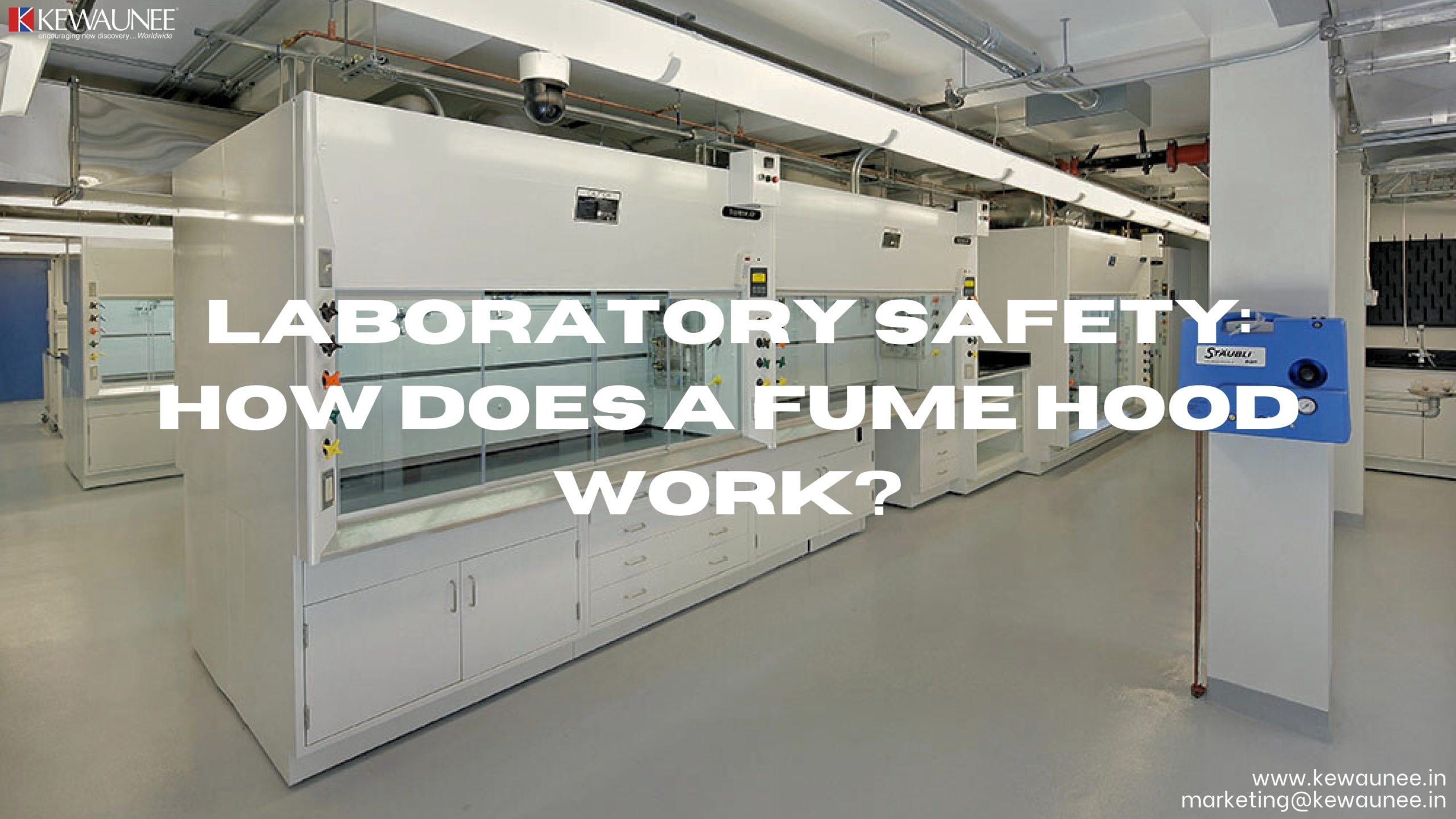Laboratory Safety: How Does a Fume Hood Work?
Laboratory safety is of paramount importance in any scientific research environment. Among the essential tools for ensuring safety in the lab, the fume hood stands as a stalwart guardian, protecting researchers from harmful fumes and vapors.
In this comprehensive guide, we will delve deep into the inner workings of a fume hood, understanding its mechanisms, and appreciating its critical role in laboratory safety.
1: The Purpose of a Fume Hood
Before we dive into the mechanics of a fume hood, let’s understand its fundamental purpose.
A fume hood is primarily designed to safeguard laboratory personnel by containing and exhausting hazardous fumes, gases, or particulate matter generated during experiments. It serves as a physical barrier between the researcher and potentially harmful substances.
2: The Anatomy of a Fume Hood
A fume hood comprises several key components that work together to achieve effective containment and ventilation:
2.1. Hood Structure:
The outer shell of a fume hood is typically made of sturdy materials like stainless steel or other chemical-resistant materials. This robust construction provides structural support and protection against chemical corrosion.
2.2. Sash:
The sash is a moveable transparent panel located at the front of the fume hood. Researchers can open and close it as needed to access the interior workspace. When closed, it forms a secure barrier to prevent fumes from escaping, ensuring the safety of laboratory personnel.
2.3. Baffles:
Inside the fume hood, you’ll find baffles – a set of vertical slats or panels. These baffles play a crucial role in directing the airflow within the hood. They ensure an even distribution of air and prevent turbulence, enhancing the containment of hazardous substances.
3: How Does Airflow Work?
Understanding airflow is pivotal to grasp how a fume hood functions:
3.1. Inflow and Exhaust:
A fume hood maintains a constant inflow of air from the laboratory into the hood’s interior. This inward airflow creates a protective barrier, preventing noxious fumes and vapors from escaping into the laboratory environment.
Simultaneously, the exhaust system efficiently pulls air from within the hood and expels it safely outside the laboratory, effectively removing any hazardous substances.
3.2. Face Velocity:
The speed at which air enters the fume hood is known as face velocity. It is carefully controlled and adjusted to meet safety standards. Maintaining the correct face velocity is essential for ensuring that noxious fumes are contained within the hood.
4: Ensuring Safe Operation
Proper use and maintenance of a fume hood are essential for its effectiveness:
4.1. Working Within the Sash:
Researchers must conduct their experiments within the confines of the open sash, ensuring that no chemicals or equipment obstruct the airflow. Placing equipment or containers too close to the sash can disrupt the airflow and compromise safety.
4.2. Monitoring and Testing:
Regular inspections and testing of the fume hood’s airflow and containment capabilities are vital. These tests help ensure that the fume hood continues to operate safely and effectively. Any deviations from the safety standards must be promptly addressed and resolved.
5: Benefits and Limitations
5.1. Benefits:
- Fume hoods offer a high degree of safety, protecting researchers from inhaling or being exposed to hazardous substances.
- They can be used for a wide range of chemical and biological experiments, making them versatile tools for various research applications.
- Fume hoods are adaptable to different laboratory settings, providing flexibility in their usage.
5.2. Limitations:
- Energy Consumption: Maintaining proper airflow requires energy, and fume hoods can be energy-intensive. Researchers should strive to strike a balance between safety and energy efficiency.
- Restricted Space: The workspace inside a fume hood may be limited, affecting the scale of experiments. Researchers should plan their experiments accordingly and consider the available space.
6: Advances in Fume Hood Technology
As technology advances, fume hoods continue to evolve, becoming even more efficient in protecting those who push the boundaries of scientific discovery. New innovations in fume hood design focus on improving energy efficiency, airflow control, and user-friendliness.
For example, some modern fume hoods incorporate sensor technology to monitor and adjust airflow in real-time, optimizing safety and energy consumption.
7: Summary
Fume hoods play an indispensable role in laboratory safety by containing and ventilating hazardous substances. Understanding their anatomy and airflow dynamics is crucial for ensuring their effective use.
Researchers and laboratory personnel must be well-versed in the proper operation and maintenance of fume hoods to maintain a safe working environment. As technology advances, fume hoods continue to evolve, becoming even more efficient in protecting those who push the boundaries of scientific discovery.
The ongoing commitment to safety and innovation in fume hood technology ensures that researchers can pursue their work with confidence and security.
Comments are closed.











